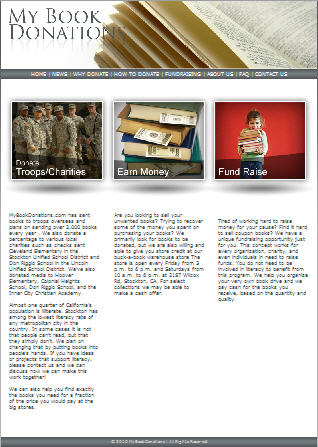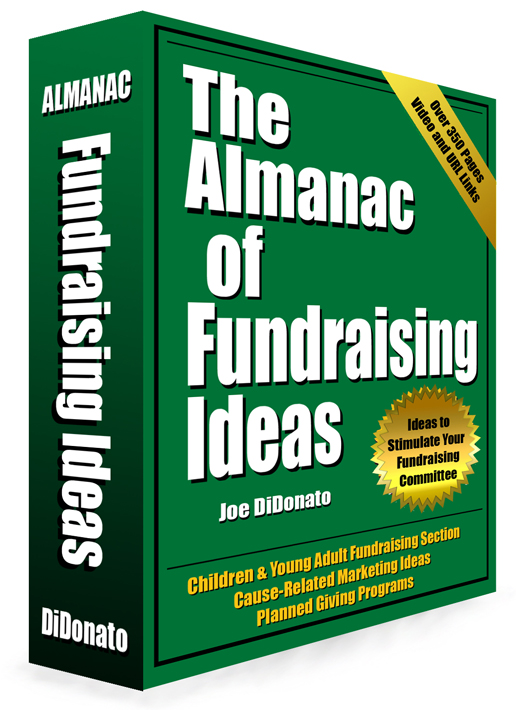|
Potential
Revenues:
|
$$$$$
|
|
Revenue Source:
|
Sale of donated books and related items
|
|
Advertising:
|
Social media, posters, flyers, direct mail,
press releases, media ads, website, all communications
|
|
Equipment/Supplies:
|
Storefront and book racks
|
|
Partners:
|
www.FranklinFixtures.com
(see “Ideas to Consider” for more) |
|
Volunteers
Needed:
|
People to sort, shelve and help sell the books
|
How It Works:
If you’re familiar
with thrift stores, dollar stores, and used bookstores, this idea combines
parts of all three concepts. Basically,
this is a used bookstore, but with an enormous competitive advantage. All of the books you’re selling are donated.
Thus your cost of inventory is zero dollars.
That makes the charge of a dollar ($1) a great mark-up for you and an
unbelievable bargain for the avid reader.
This idea will take
some investment - or some donated fixtures and retail space - but the potential
may be worth the risk. You will need a
storefront, as well as racks for displaying the books properly. Even though you’re providing a tremendous
bargain at a $1 per book, your bookstore needs to duplicate the shopping
experience of a traditional bookstore.
People will want to find books and authors quickly, so you need to
provide them with some of the same categories that you see when you visit a
Borders or a Barnes and Nobel bookstore.
Getting started is
as easy as creating a book drive, or even placing collection bins in area
merchant stores. That gives you your
initial supply, and once people know where you are physically located, you’ll begin
to create a constant supply of new books. And you can always augment your supply
by providing in-store promotions, like “bring in 3 and get 1 free.”
And don’t forget to
get your state and local reseller license to collect sales taxes, if
applicable.
Ideas to Consider:
As you start to
collect paperbacks and higher-end books of the photo journal variety, you might
want to consider a more tiered pricing model.
Perhaps charge 50 cents for paperbacks, $1 for hardcover books, and $2
for higher-end books. You might even
want to take in magazines, displaying the most recent issue in front, and back
issues behind. You should even consider creating
a new book sales area by buying from the world’s largest book wholesaler, www.IngramBook.com. They even supply Amazon.
Most book drives
tend to avoid textbooks, as that is a tough and very specific market in a small
community. However, there are a lot of
textbook buyers out there who aggressively target that marketplace. You will probably get your highest price by selling
them on Amazon or www.Half.com, but you’re also
competing for the sale versus getting the money upfront. Here are some of the places that will buy
your donated textbooks:
And there are many more. These will go
at premium prices when compared to the above. You should also consider selling online through MissionFish,
Amazon’s marketplace, and www.Half.com –
eBay’s marketplace. See “Selling Donated
Books Online” for more ideas that can be combined with your physical store.
Source
of Idea: Used bookstores, dollar stores, and thrift stores are
in wide use today. This idea has been
discussed by The Orphan Foundation board for several years, but has never been
implemented at the time of this writing.
We recently found a similar concept operating in Stockton, CA: http://fatcitybookspictures.com/sbs/index.html.
Back to Home Page
|

